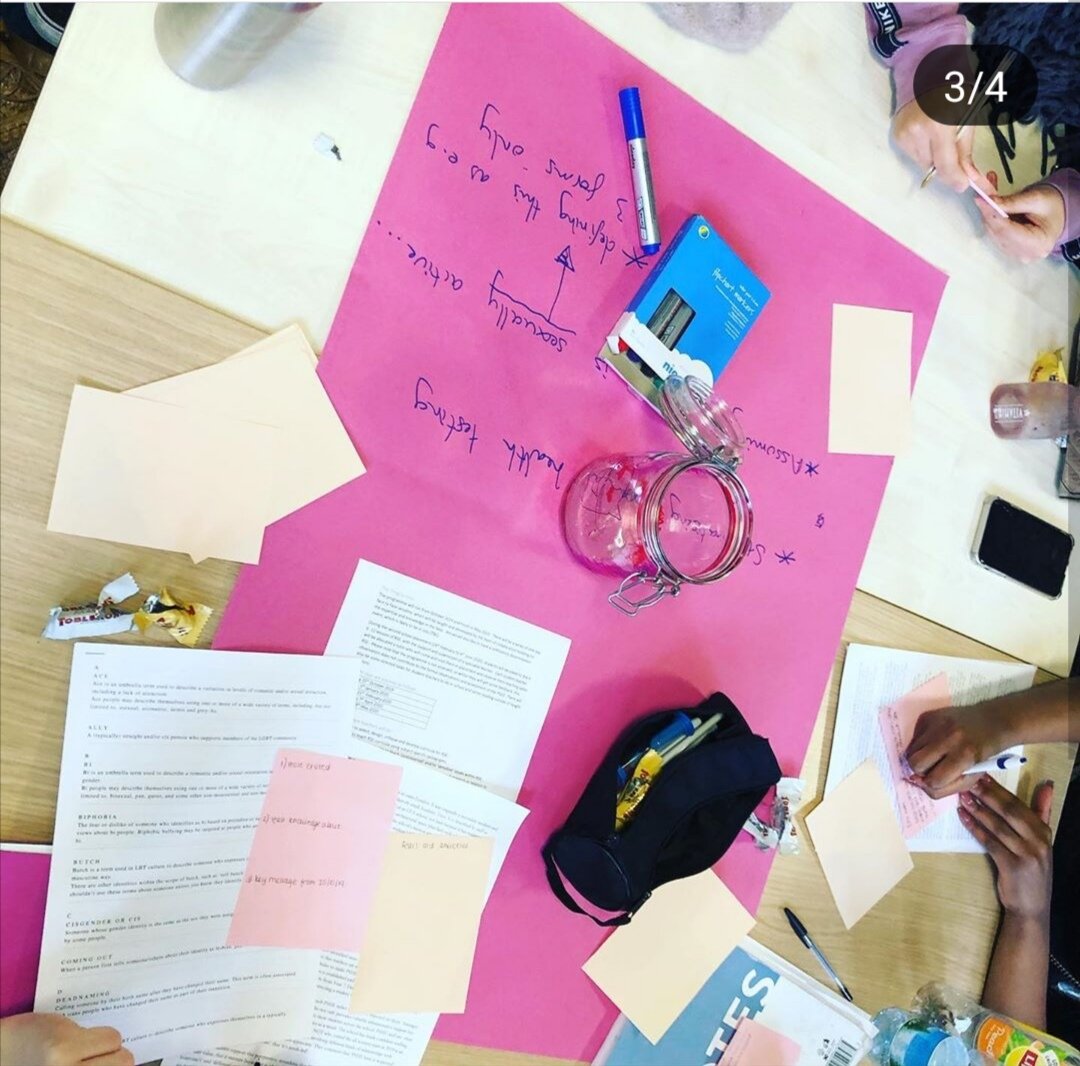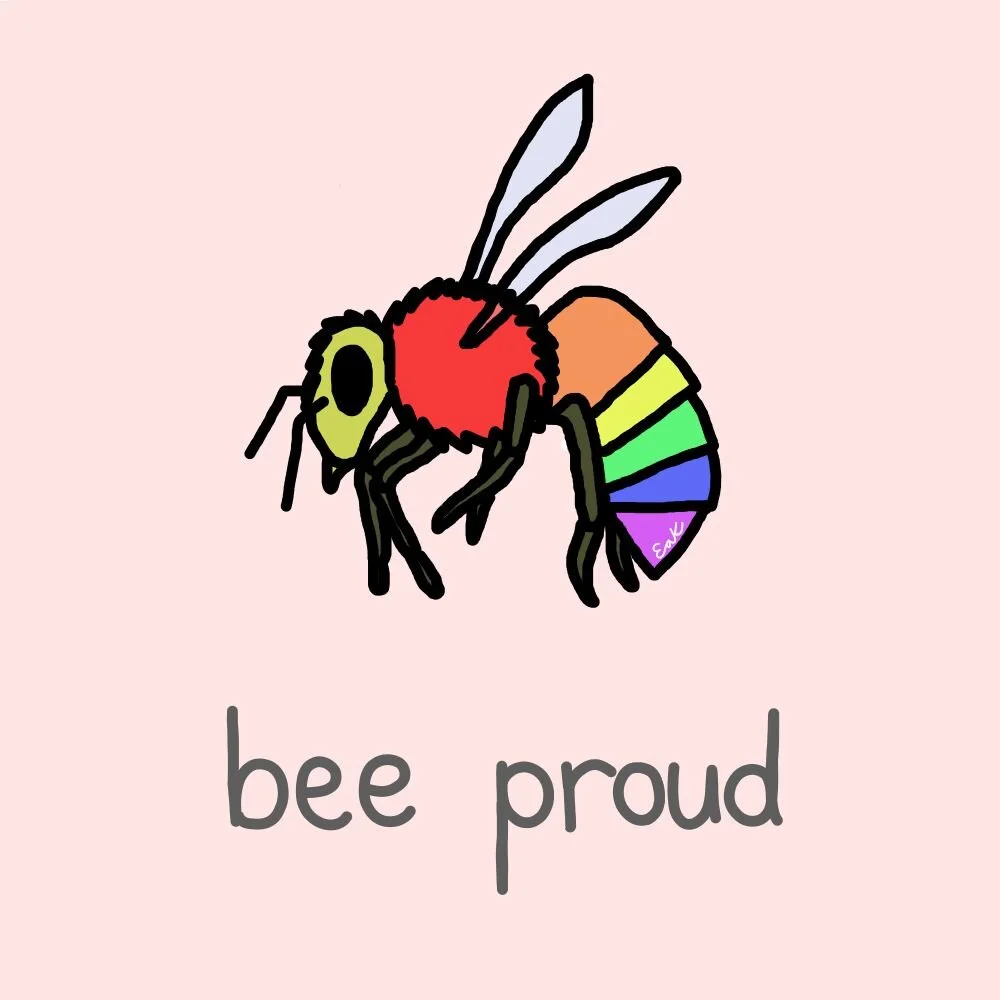Since September 2019, School of Sexuality Education has been working with academics at UCL’s Institute of Education – alongside other RSE experts and classroom practitioners – to develop and deliver a short course for trainee teachers. The course is the first of its kind, providing PGCE students with five full days spread across the 19/20 academic year to learn about the background and policy behind RSE in the UK, alongside vital topics such as gender and sexuality identity, consent, inclusivity and sexual health. The programme was developed as part of a knowledge exchange project with our partnership schools on the Secondary PGCE programme, to try and better understand the needs of teachers and schools in London in developing good practice in RSE.
This year, the course participants have included Social Science and Biology PGCE students with some specialists in Physics and Chemistry too. Student teachers opted into the course because they recognise the value of RSE and felt that developing expertise in the area would be important for their future careers in the classroom. The government has also recently acknowledged the need for comprehensive and up-to-date RSE in schools with the release of new guidance which states that the subjects involved ‘represent a huge opportunity to help our children and young people develop.’
During the planning phase for the course, we supported the convenors (Sarah Worton and Alison Wiggins of UCL’s IoE) in designing a series of sessions to offer core RSE knowledge and practical teaching ideas while building an awareness of what a whole-school approach to gender and sexuality inclusivity might look like. The intention was to equip teachers with the skills, knowledge and confidence required to deliver high quality, progressive Relationships and Sex Education. Beyond that, we wanted trainee teachers to feel comfortable in supporting students who had questions or struggles outside of the classroom linked to their gender identity, sexuality or relationships.
On day 1, Professor Jessica Ringrose delivered an intro to gender, sexuality and RSE then School of Sexuality Education’s CEO and founder, Amelia Jenkinson, delivered an interactive session about how to challenge heteronormativity in schools. She shared resources, key points on language and links to government guidance to support trainee teachers in understanding the context of RSE while providing pragmatic classroom solutions. On day 2, trainee teachers heard from Dr Sara Bragg who applied queer theory to our understandings and assumptions around education and young people. Following this, the student teachers heard from Lucy Emmerson (director of the Sex Education Forum) and Rachael Baker (senior RSE specialist at the Sex Education Forum) who discussed the government 2020 RSE guidance and interrogated the idea of ‘age-appropriateness’ in RSE. For day 3, student teachers were visited by Professor Emma Renold (Cardiff University) who shared creative ideas and resources for the RSE classroom based on her work on the Agenda positive relationships resource. All of these days were supported by sessions and talks from the course conveners at UCL.
The ranging perspectives provided by these different professionals, paired with the expertise of tutors and classroom practitioners, has provided great layers of insight for the trainee teachers on the course. One noted that ‘having the guest speakers was helpful… it gave us a community and showed us the array of people that are out there’ while another said ‘I loved having a range of people involved…it’s a really positive thing to have people who have different backgrounds and experiences.’
In the coming months, we hope to cement the learning of those first three days and will ensure that all the trainee teachers involved feel ready to try the ideas in the classroom in September. Being involved in the course has been a great experience for School of Sexuality Education – we’re thrilled to be part of a pioneering programme which is equipping the next generation of teachers with vital skills. We know that many existing teachers are keen to take part in this kind of training too. Like all subjects, educators need training to develop necessary knowledge, skills and confidence in order to teach well. In the coming months and years, we hope to develop opportunities like this one for all subject PGCEs and all teachers, wherever they are in their career. We want feelings of embarrassment to be replaced with empowerment, so that teachers can address important issues head on and support the young people in their care. We’re already certain that those involved in the short course this year will do just that!
If you’re interested in taking part in one of our future teacher training programmes, get in touch – we’d love to hear from you.
Illustrations by Evie Karkera, unless otherwise credited.
Our book ‘Sex Ed: An Inclusive Teenage Guide to Sex and Relationships’ is out now.






